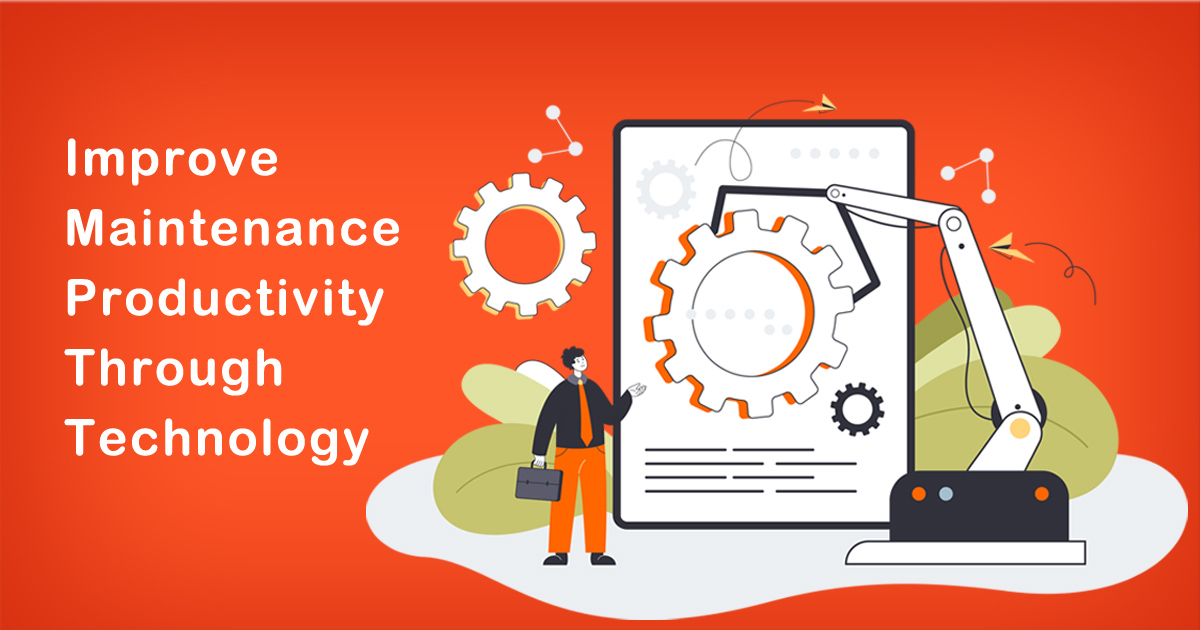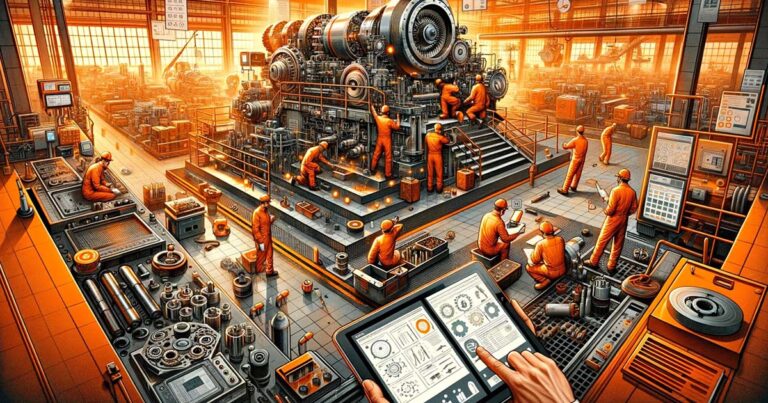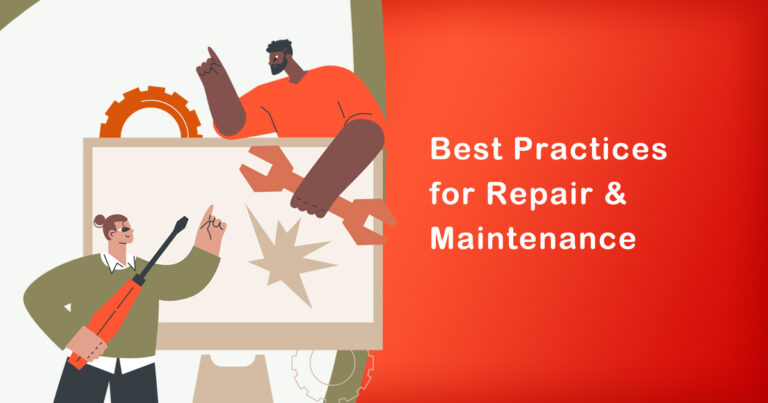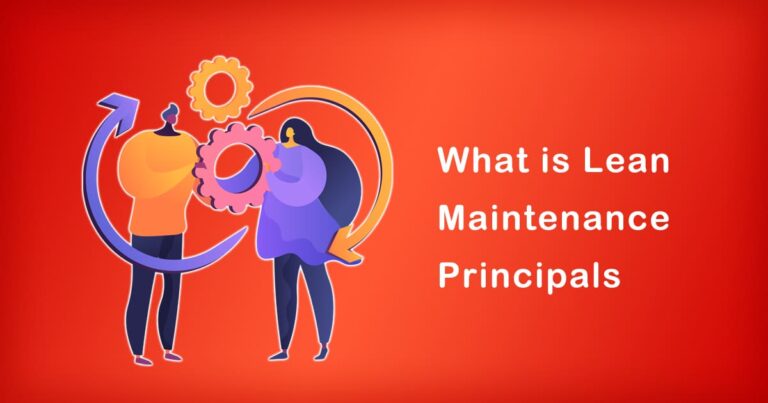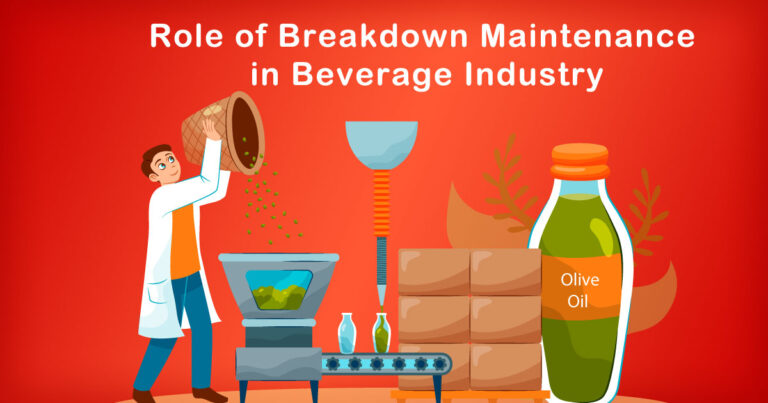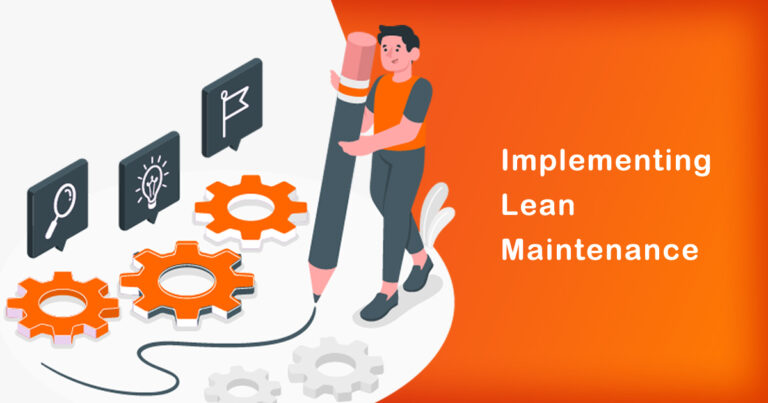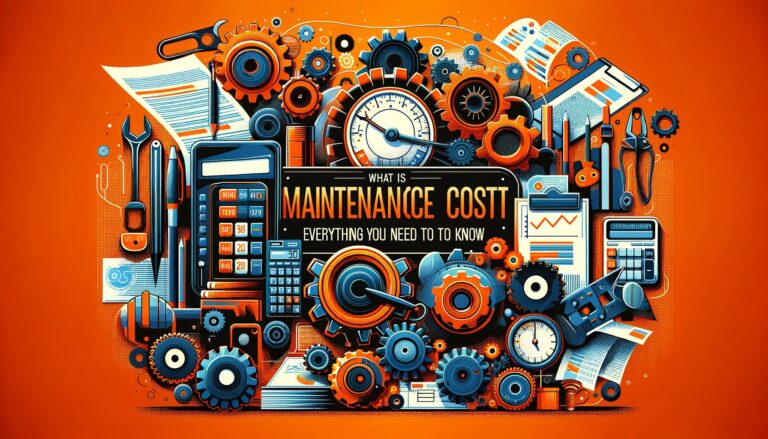Total Productive Maintenance (TPM) is a maintenance strategy that aims to increase equipment reliability, minimize downtime, and reduce costs. It involves a continuous improvement approach that encourages the involvement of all employees in the maintenance process. One way to improve TPM is through Computerized Maintenance Management Systems (CMMS). In this blog, we will discuss what CMMS is, how it can improve TPM, and what you need to know to implement it effectively.
What is CMMS?
CMMS is a software tool that is used to manage and track maintenance activities. It is designed to help maintenance teams streamline their work, prioritize tasks, and reduce downtime. CMMS systems typically include features such as asset management, work order management, preventive maintenance scheduling, and inventory management.
How can CMMS improve TPM?
CMMS can improve TPM in several ways. Firstly, it allows maintenance teams to track and analyze equipment performance data. This data can be used to identify patterns and trends that can help to predict when maintenance is needed. This predictive maintenance approach can help to reduce unplanned downtime and increase equipment reliability.
Secondly, CMMS can help to streamline maintenance workflows. It provides a centralized platform where maintenance requests can be submitted and tracked, and work orders can be assigned and prioritized. This helps to ensure that maintenance tasks are completed in a timely manner, and that there is no confusion or miscommunication between maintenance teams and other departments.
Thirdly, CMMS can help to improve inventory management. It allows maintenance teams to track spare parts and supplies, and ensure that they have the right parts available when they are needed. This can help to reduce downtime caused by waiting for parts to be ordered and delivered.
What do you need to know to implement CMMS effectively?
Implementing CMMS effectively requires careful planning and consideration. Here are some things to keep in mind:
1. Define your goals: Before implementing CMMS, it is important to define your goals and objectives. What do you want to achieve with the system? How will you measure success?
2. Choose the right system: There are many different CMMS systems available, each with its own strengths and weaknesses. It is important to choose a system that is a good fit for your organization, taking into account factors such as size, complexity, and budget.
3. Train your team: Implementing CMMS requires a change in mindset and workflow. It is important to provide training and support to ensure that your team is comfortable using the new system.
4. Start small: Implementing CMMS can be a complex process, so it is important to start small and build up gradually. Focus on a specific area or department, and expand from there as your team becomes more familiar with the system.
5. Monitor and evaluate: Once you have implemented CMMS, it is important to monitor and evaluate its performance. Use metrics such as downtime, maintenance costs, and equipment reliability to measure the impact of the system, and make adjustments as needed.
Conclusion
In conclusion, CMMS can be a powerful tool for improving TPM. It allows maintenance teams to track and analyze equipment performance data, streamline maintenance workflows, and improve inventory management. However, implementing CMMS effectively requires careful planning and consideration. By defining your goals, choosing the right system, training your team, starting small, and monitoring and evaluating performance, you can ensure that your CMMS implementation is a success.


